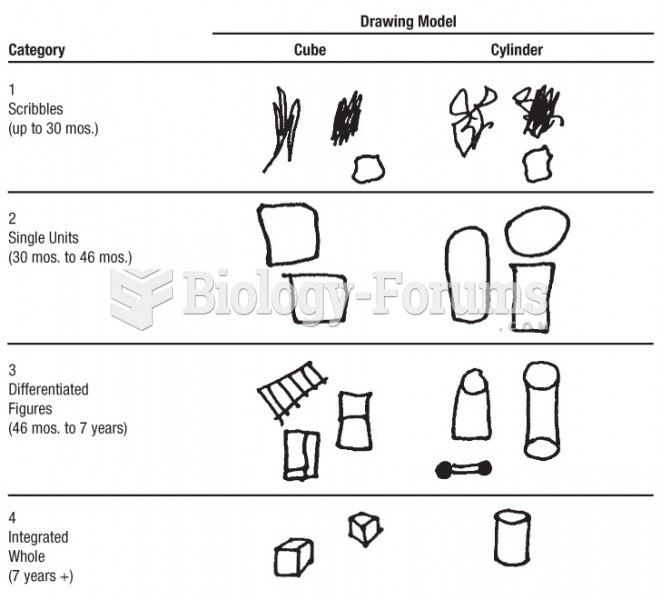Answer to Question 1
Romanticism was not so much a style as a set of attitudes and characteristic subjects. The 18th century is sometimes known as the Age of Reason for its leading thinkers placed their faith in rationality, skeptical questioning, and scientific inquiry. Rebelling against those ideas, Romanticism urged the claims of emotion, intuition, individual experience, and the imagination. Romantic artists gloried in mysterious or awe-inspiring landscapes, picturesque ruins, extreme events, and exotic cultures. Eugene Delacroix, the leading painter of the Romantic movement, was fascinated by the exotic cultures of North Africa and created numerous paintings depicting scenes that were part of this Oriental realm. The imagery and subject matter of Women of Algiers displayed this sensuous, seductive exoticism. Other paintings focused more on barbaric splendor and cruelty. Delacroix's technique is freer and painterly; forms are built up with fully loaded brushstrokes, contours are blurred, and the colors are broken.
Answer to Question 2
De Stijl, the style, refers to a movement founded in the Netherlands that was influenced by Russian Constructivism. The most famous painter associated with it was Piet Mondrian, who distilled his art to what he considered the most universal signs of human order: horizontal and vertical lines and primary colors. To Mondrian, these formal elements radiated a kind of intellectual beauty that was humanity's greatest achievement. People surrounded by rational beauty would create a balance. Architecture reflected the De Stijl concept, as in the Schroeder house. Looking very much like a Mondrian painting, the house is like an inhabitable sculpture, with intersecting horizontal and vertical planes, primary colors, and symmetrical elements. Constructing with intersecting planes is also the principal behind Marcel Breuer's armchair. Breuer attended the Bauhaus, a school of design founded in Germany by the architect Walter Gropius. The Bauhaus was an ideal of collective artistic endeavor, and the student's education was designed to eliminate traditional divisions between painters, sculptors, architects, and graphic and industrial designers. Literally building house, the Bauhaus sought to build new guiding principles of design compatible with 20th-century technology.







